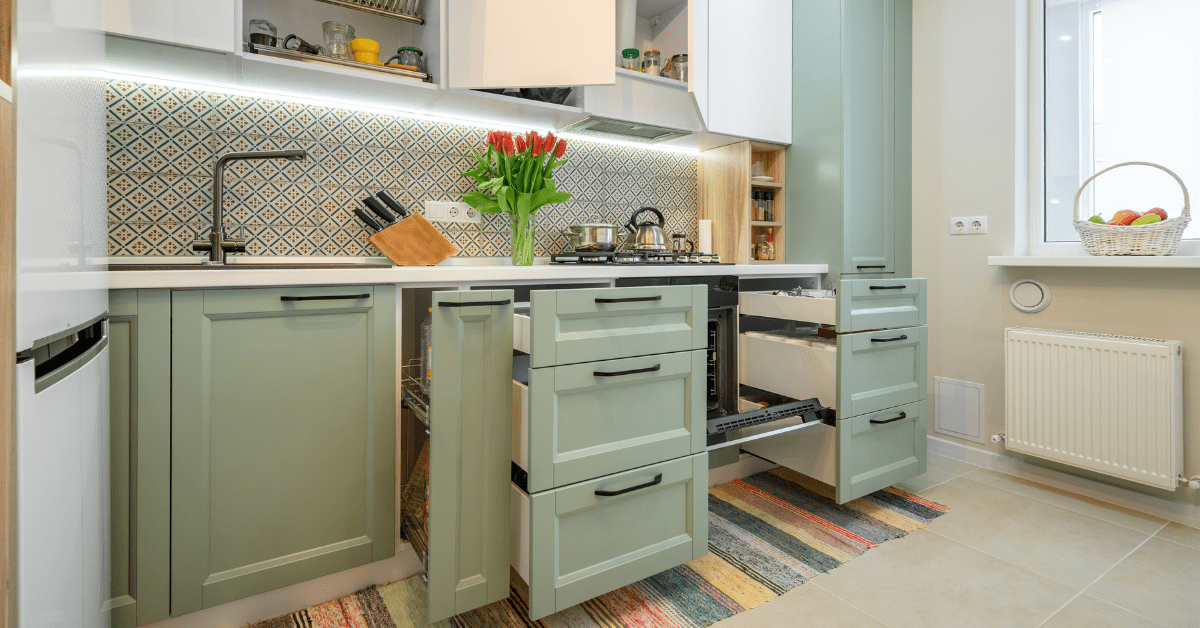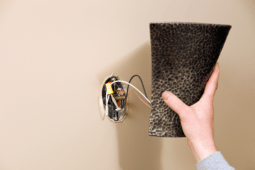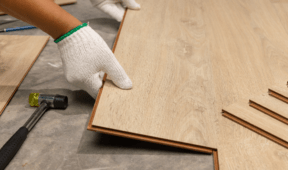6 Trees To Plant With Non-Invasive Roots [Plus 3 To Avoid!]
There are so many varieties and styles of trees that when considering which one to plant in your yard the task may seem extremely difficult and burdensome. Not only do you have to decide what look of tree you are after, but you must also consider factors and implications certain types of trees will have. Homeowners must be careful when planting trees because roots can affect things like your home’s foundation and pipes.
Two Types of Roots
Before we go into what types of trees are non-invasive for your yard, it’s important to understand that all trees follow one of these two types of root systems—tap root system and the adventitious root system. For the tap root system trees, roots will grow straight vertically down whereas in the adventitious root system the roots spread and sprawl. These roots spread and sprawl as they search for nutrients for the tree.
Non-invasive roots such as in the tap root system go deep down instead of out towards your house in search of water.
Top 6 Trees with Non-Invasive Roots
Japanese Maple
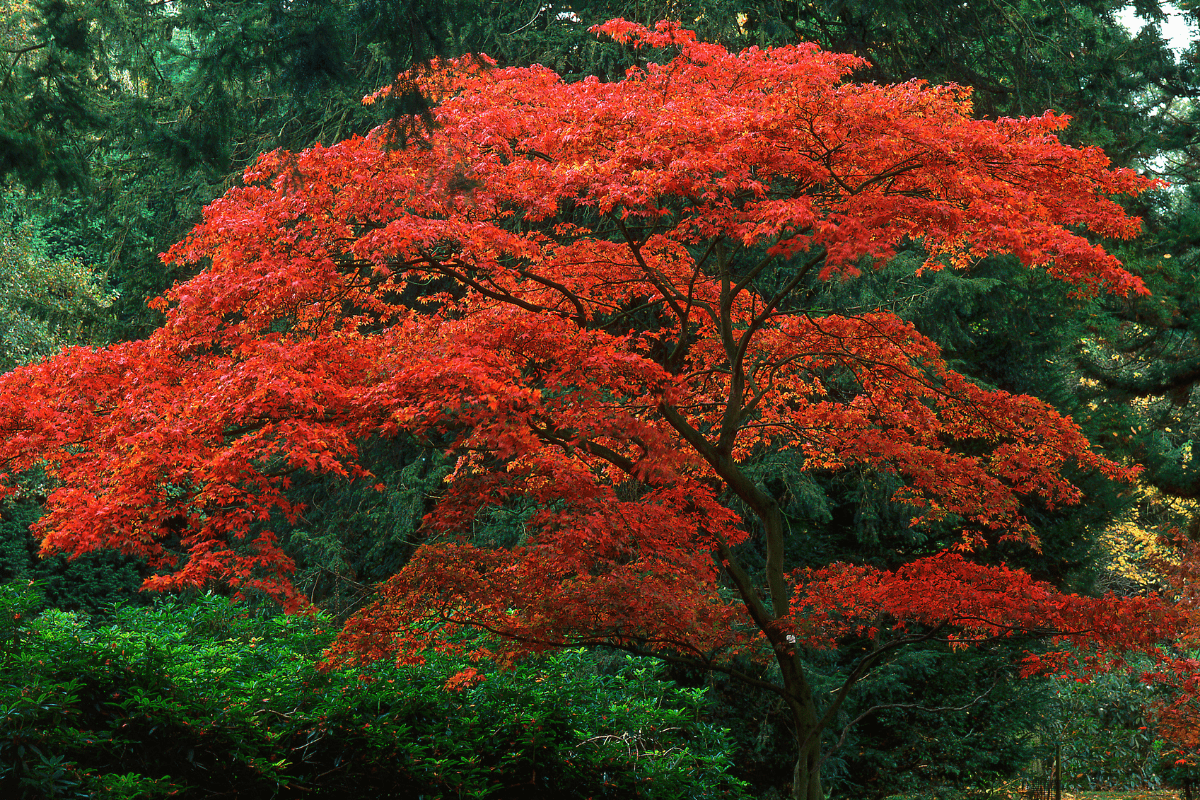
The Japanese Maple is an Ornamental Tree and is a very popular choice for many yards. These trees are easily manageable and a great solution for smaller yards. They also come in many different colors such as purple, red, orange and green.
Star Magnolia

When this tree comes into bloom, it is a true showstopper for any yard. The stunning magnolias appear weeks ahead of spring and are welcome sign of an upcoming thaw after long winters. You will want to choose a sunny location or partly sunny spot if you are in a really hot climate. The star magnolia grows to a height of 15-20 feet and a spread of 10–15 feet at maturity. The Star Magnolia grows best in acidic soil so it’s best to get a soil sample before planting.
Crape Myrtle
These trees are year-round showstoppers, from their summery flowery bushes to their colorful fall foliage and even in winter with their shedding and attractive bark. This tree also comes in a dwarf variety for those with smaller yards who may be short on space. The Crape Myrtle comes in several varieties from white to shades of red, purple and pink.
Adams Crabapple
Add beauty and color to your yard in the spring with an Adams Crabapple. These trees mature to 15-20 feet tall and just as wide. In the spring they bloom with stunning pink blossoms and then the blooms are followed by small shiny red crabapples. These crabapples mature into the fall and even continue throughout winter. These trees will also adapt to a wide range of soils making them a popular choice for most yards.
The Crabapple tree has non-invasive roots, but you better be ready for your yard to be invaded with crabapples!
Trident Maple

Consider what you want your yard to look like in the fall as well as spring and summer. The Trident Maple tree will add bursts of yellow, orange and red to your yard in the fall months. At a maturing height of 25 feet, this tree is not too large, making it a great choice as an ornamental tree. Work this tree into your modern landscape designs for a simplistic yet gorgeous display of color in the fall.
Japanese Tree Lilac
Enjoy the invigorating smell that will come from a lilac tree in your yard. The Japanese Tree Lilac is larger than a shrub lilac and blooms a little later. The small, creamy fragrant flowers it blooms will fill your space with a rich, deep smell that reminds you of roses with a hint of vanilla. So enjoy it’s beauty and it’s smell! The mature height of this tree is 20-30 feet with a width of 15-25 feet. This tree is also known to attract butterflies and hummingbirds.
3 Trees to Avoid
Now that we have given you some great trees to plant with non-invasive roots, let’s talk about some trees that you should definitely avoid.
Eastern Cottonwood
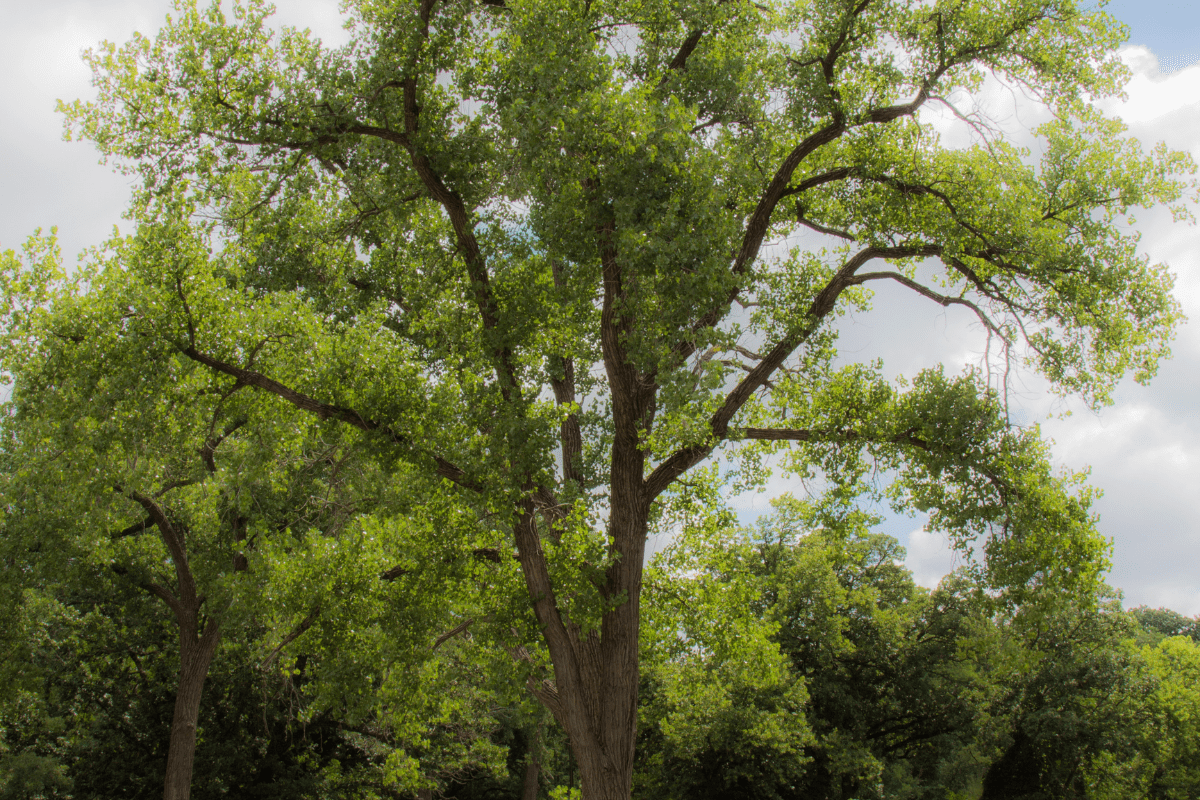
When thinking about root structure, the Eastern Cottonwood should definitely be avoided. The roots of this tree are shallow and aggressive making this a very unstable tree. If the instability isn’t enough, this tree also produces fluffy cotton seeds that blow off and stick to everything making your yard a complete mess.
Sycamore

When it comes to trees and the term high maintenance, the tree that takes the cake is the sycamore. These trees grow massively large, pair that with their very aggressive roots, and then to top it off add in the dropping bark, the frequent falling seed-pods and the tremendous leaves falling that will litter your yard, this tree is a no-go for most home owners.
White Mulberry

When speaking of aggressive roots, the White Mulberry may be at the top of the list. The roots of these trees spread and become so aggressive they can even crack pavement. These roots grow horizontally as they search for both air and water nutrients. Aside from their root structure, these trees are known to be very messy and emit pollens that can be troublesome for those with allergies.




